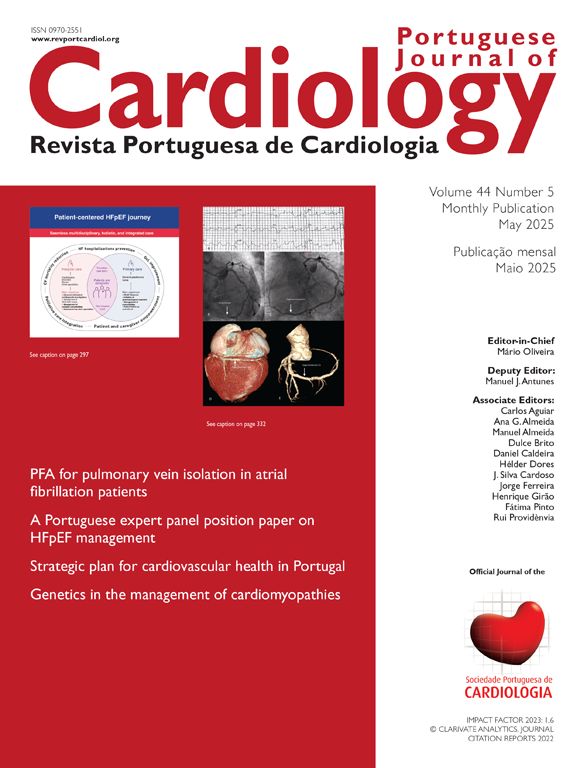Cardiac conduction system pacing (CSP), including His bundle pacing (HBP) and left bundle branch area pacing (LBBAP), has gained increased popularity among specialists as a more physiological alternative to traditional right ventricular (RV) pacing. CSP aims to reduce pacing-induced dyssynchrony and improve heart function, with both modalities being utilized for the management of bradycardia and heart failure (HF) with conduction system disturbances. Various studies, focused on clinical experience in using CSP for resynchronization therapy in patients with HF, have shown significant benefits in reducing QRS duration, improving cardiac function, and enhancing patient outcomes.1 HBP and LBBAP provide ventricular synchrony, with comparable mechanical performance of the heart.2,3
In recent years, the use of LBBAP has greatly evolved due to easier implantation (increased success with shorter procedure duration and fluoroscopic times) and superior electrical parameters when compared to HPB. Furthermore, LBBAP has been shown to provide an attractive alternative to traditional biventricular cardiac resynchronization therapy.1–3 However, while HBP provides excellent biventricular synchrony, the clinical impact of RV delayed activation induced by LBBAP remains unclear, namely according to the LBBAP capture site, which includes the left posterior fascicle, the left anterior fascicle and the left septal fascicle.3
There are some challenges with LBBAP in regards the procedure itself, and there is a lack of data regarding long-term lead performance and maintenance of conduction system capture. In the registry-based multicenter European MELOS study, LBBAP lead implantation success rate for bradycardia and HF indications was 92.4% and 82.2%, respectively, with a learning curve requiring more than 100 cases and a complications rate of 11.7% (specific to the LBBAP lead in 8.3%).4 Difficulty in screwing the pacing lead into the interventricular septum (thickened septum, fibrosis, interference by the septal tricuspid leaflet, or non-coaxial alignment of the pacing lead and sheath), failure to capture the left bundle branch (obtaining only deep septal pacing), inability to correct electromechanical dyssynchrony or lead dislodgement, requiring lead revision are some of the challenges described in this pacing modality.
In this edition of the journal, Ferreira et al. present one-year results from LBBAP implantation in 164 consecutive cases of bradyarrhythmia (high-degree atrioventricular block (AVB) 71.5%, permanent atrial fibrillation (AF) 8.5%, sinus node disease (SND) 5.5%) and cardiac resynchronization (CRT) in HF (14.5%) indications,5 with a high-rate success (94.5%), and no severe operative complications. However, in 28.5% of the procedures there were some lead-related problems (helix damage – the most frequent – septal perforation, dislodgements, loss of capture or significant pacing threshold increase, or loss of sensing).
The pacing parameters and the QRS width/LVAT results obtained at implantation were positive, and in line with previous reports with a high number of patients, confirming that, in experienced pacing operators, it is possible to implement this promising technique safely and successfully.
The reported data on pacing threshold, pacing impedance and sensing remained within acceptable intervals or without changes at the six-month follow-up, and, thus, promising regarding stability at least in short-term evaluation. However, in twelve of the cases (7.3%), there was loss of sensing or capture during this period.
The utilization of different types of leads (lumen less and stylet-driven) and the kinds of pacing indications (including AF, SND, AVB and CRT) limit the comparison of implant difficulties, procedure data and follow-up results between subgroups.
Analysis of echocardiography data during the six-month period, particularly regarding ventricular synchrony, would be of interest in the initial (but high-volume) implementation of an LBBAP program.
Although the study was observational and had some limitations, it makes an extensive contribution to our cardiology community, showing real-life promising experience using a new pacing technique, conducted in a single center.
We certainly need to expand CSP, increasing the indications and evaluating the cost-effectiveness of LBBAP and its impact on clinical outcomes in large, randomized trials, particularly in long-term follow-up time of HF patients with a pacing indication due to bradyarrhythmia or with intraventricular conduction disturbances.
The recent European Heart Rhythm Association consensus statement and practical guide for CSP implantation will be a contribution toward standardizing this procedure. The safety and effectiveness achieved with LBBAP, combined with clinical research and evolving technological improvements, will largely expand the interest in LBBAP as a viable option in this new era of cardiac pacing.
Conflicts of interestThe author has no conflicts of interest to declare.



